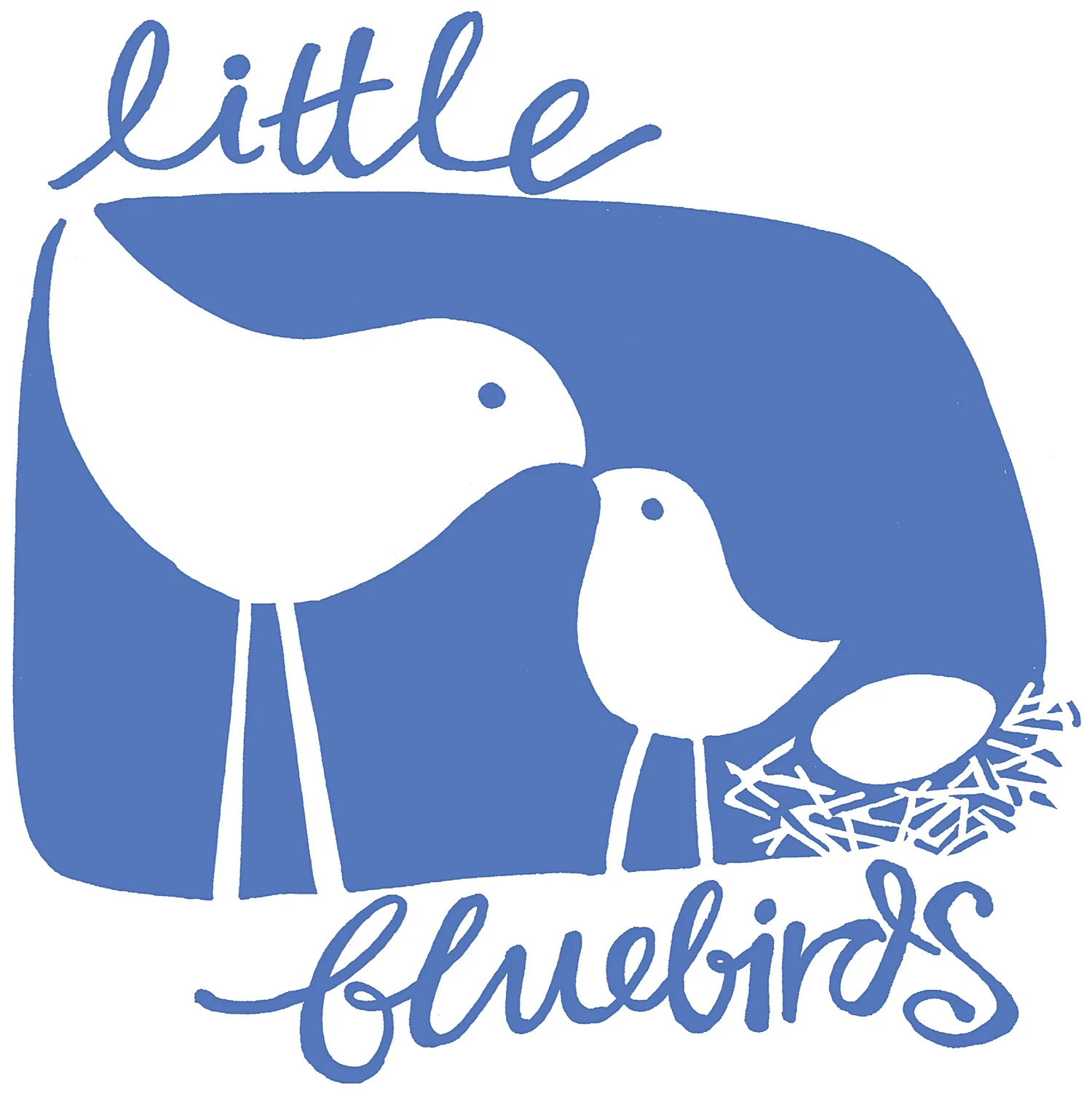Process over product
In a recent blog I talked about the joys of drawing with chalk. As I typed, photographed and bounced around some ideas, my tween daughter’s ears pricked up. While I tapped away at the keyboard she commandeered the chalk tub and embellished our backyard with dreamy doodlings.
Today a gentle spring rain has washed them all away.
This got me thinking about the hoary old chestnut of process versus product. Are you familiar with these concepts? If you’re an art teacher you’ll probably wrestle with them daily, but as a parent they’re also worth thinking about.
Put simply, process-focused art is when a child is given an open-ended project, or simply given access to materials, and they can use them in any direction they choose. The end result may be valued, or it may just as easily be non-existent or temporary (just like chalk drawings).
On the other hand, product-focused art is when a child begins a project knowing what the end product should look like. The focus is very much on achieving that end result and they’ll need to follow a set of instructions to achieve it. In a setting such as childcare or school each child’s work will look pretty much the same and the finished product will be where the value is seen to lie.
Our pretty backyard chalk drawings were a loose example of process art… my daughter took a handful of dusty chalks without any plan or instruction and wandered about finding surfaces to draw on. She positioned herself in ways to make marks, squatting here, on tippy toes there. She daydreamed, played with colours and experimented on different textures. There wasn’t a plan, images evolved as she went along, and now the final product has dissolved into soggy puddles.
A firmer example of process-focused art is providing your child access to drawing space with paper and some crayons, or setting up an easel with some paints and brushes. It’s a craft box full of random bits and pieces, scraps of cardboard, wrapping paper, pipe-cleaners and sticks. It’s also agreeing to let the child with an armful of toilet rolls have access to the masking tape and gluestick to just “go for it’. The end result isn’t important, it’s the ‘making’ process that matters.
Compare this open-ended art-making to a craft kit of the type that seem to line the shelves of every toy shop or department store. A craft kit often contains all the pieces required to replicate a cute finished product previously designed by an adult. For example a “Make Your Own Magical Unicorn” kit might contain shaped felt pieces (no cutting required) pre-printed with facial features (no drawing necessary), complete with adhesive backed decorations (just peel and stick), and maybe a pair of googly eyes. The young artist will view the finished product pictured on the label and follow a set of instructions to replicate it .
Does a child benefit from assembling a kit item like this? Certainly. They practice following directions and they’ll develop their hand-eye coordination (both undoubtedly useful skills). They may pick up some handy techniques like gluing and arranging. But will the finished product express anything of their own creativity? Could they replicate the process to make another? Was there any opportunity for making choices? Or… did they become frustrated that their unicorn was not as perfect as that on the label?
Kits for formulaic art projects are everywhere these days, and I totally understand why people buy them. For a parent feeling a bit under-confident about their own craft skills they must seem like a godsend. If you don’t have a broad range of art materials on hand they can seem to be the answer to a rainy afternoon indoors. They have their place, but they are not the only option.
Likewise, social media bombards us with images of beautiful and irresistible kids art ideas, and we’re often inspired by the sparkling finished products that we see. I teach at schools where busy classroom teachers often discover a great idea on Pinterest, and then guide students to follow it step-by-step. The result can be an eye-catching wall display, but it can often lead to “cookie cutter artwork” that will look identical to those pieces on the display board of the classroom down the hall, and in the school down the road.
When the latest Pinterest kids craft project catches your eye it can be worthwhile to take a step back from the glossy finished product to explore the materials and technique used … and let those elements be the things you offer to your child in an open-ended way, rather than the task of replicating the finished sample.
We all want our children to thrive in an highly unknown future, and research tells us they’ll be best equipped if they can learn to think for themselves, to experiment and problem-solve. When nurturing your child’s creativity seek a balance between process and product-focused projects. Those important higher-level thinking skills won’t fully develop through merely copying or following directions, but through the processes of experimenting, trialing, problem solving, and finding creative ways to express themselves.
And there’s nothing more lovely than the messy smile of a child finding self expression through their very own and very unique crazy quirky project!
Drawing with shaving cream leaves no masterpiece behind, but feels gorgeous.
Oil pastels marks smudged with fingers dipped in baby oil makes for a sweet-scented creative experience.





